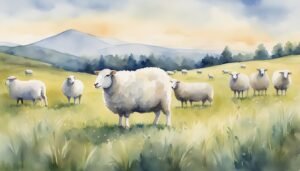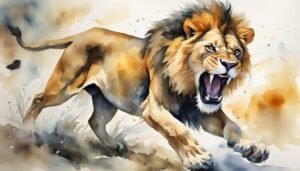Extinct Animals: The Alarming Loss of Global Biodiversity

Extinction is a natural part of the planet's evolution, largely driven by human activities, with the current rate unprecedented.
Animal behavior, conservation, and studies related to different species, including their social habits, intelligence, and interactions with humans and the environment.

Extinction is a natural part of the planet's evolution, largely driven by human activities, with the current rate unprecedented.

The mosquito is considered the most dangerous animal due to its role as a vector for deadly diseases like malaria and Zika virus.

The Tasmanian tiger, once the top predator of Tasmania, succumbed to extinction in the 20th century.

The wolf, also known as the gray wolf or Canis lupus, is a fascinating mammal that has captured human imagination for centuries.

The Australian box jellyfish, specifically Chironex fleckeri, is a deadly marine species found mainly in the warm coastal waters of Northern Australia.

Some owl species have adapted to daytime activities, creating a diversity in their behavior.

Puffins are distinctive seabirds known for their colorful beaks and adept swimming abilities.

Cloning, in biological reproduction, creates genetically identical copies of an organism via somatic cell nuclear transfer (SCNT) to transfer an adult somatic cell's nucleus into an enucleated egg.

There is no scientific proof connecting super lice outbreaks to the deadliest animal responsible for the highest number of human deaths worldwide.

Adaptable and resilient penguin species thriving in the harsh conditions of Antarctica, exhibiting diverse characteristics and unique adaptations.